Home>Gardening & Outdoor>Landscaping Ideas>How To Fix Urine Burns In Grass
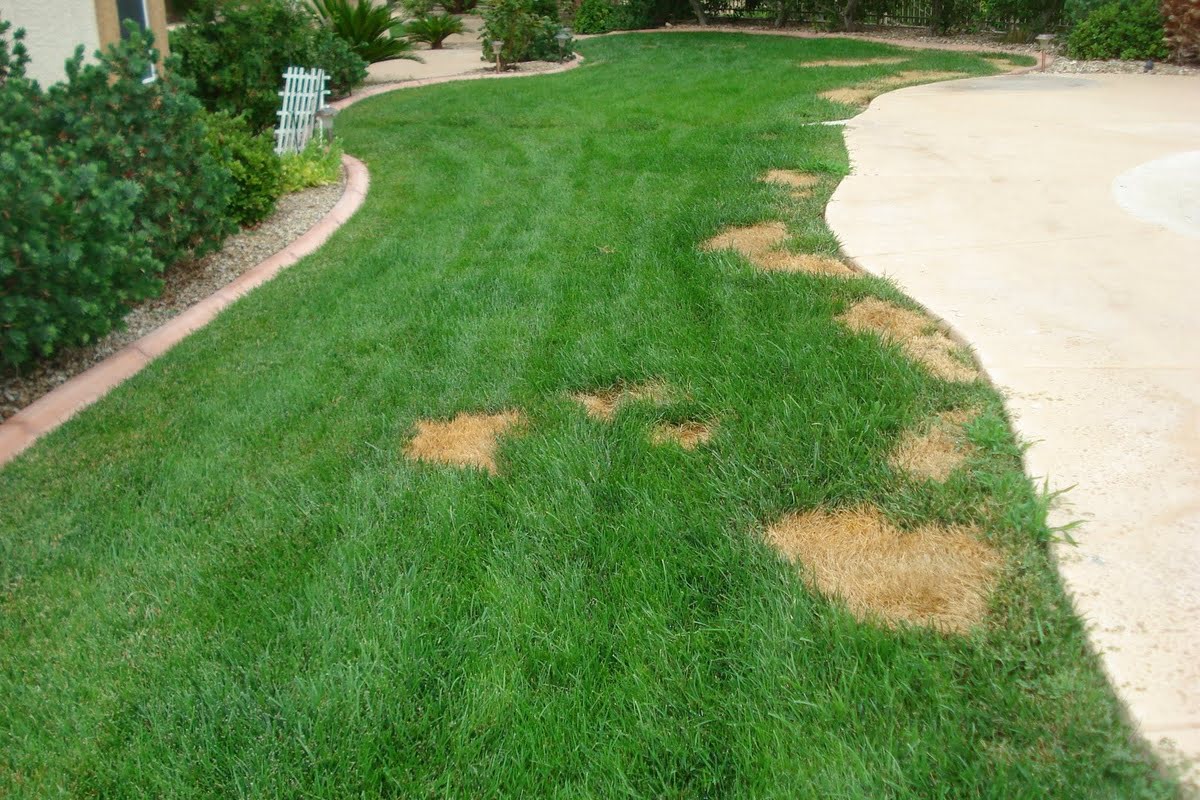

Landscaping Ideas
How To Fix Urine Burns In Grass
Modified: February 18, 2024
Learn effective landscaping ideas to fix urine burns in grass. Discover practical solutions to restore your lawn's health and beauty.
(Many of the links in this article redirect to a specific reviewed product. Your purchase of these products through affiliate links helps to generate commission for Storables.com, at no extra cost. Learn more)
Introduction
Dealing with urine burns in your lush green lawn can be a frustrating and disheartening experience for any proud homeowner or gardener. If you have a furry friend, particularly a dog, you may have noticed unsightly yellow or brown patches of grass in your yard. These unsightly spots are often the result of the nitrogen and salts present in your pet's urine, which can wreak havoc on your once-vibrant lawn.
However, fear not! There are practical and effective solutions to address and prevent these unsightly urine burns, allowing you to maintain a beautiful and healthy lawn while still enjoying the company of your beloved pets. In this comprehensive guide, we will delve into the causes of urine burns, explore preventative measures, and discuss various methods to repair and revitalize your grass, ensuring that your outdoor space remains a verdant oasis for both you and your furry companions.
So, let's embark on this journey to reclaim the beauty of your lawn and discover the secrets to combating urine burns in grass!
Key Takeaways:
- Prevent urine burns by adjusting your pet’s diet, encouraging more water intake, and training them to use designated bathroom areas. Diluting affected areas with water and reseeding can help revitalize damaged grass.
- Understand the causes of urine burns in grass and implement preventive measures to maintain a lush lawn. Dilute affected areas with water and consider reseeding to repair and rejuvenate the grass.
Read more: How To Fix Pet Urine Spots In Grass
Understanding Urine Burns in Grass
Before delving into the remedies for urine burns, it’s crucial to comprehend why and how these unsightly patches occur. When your pet urinates on the grass, the urine introduces a concentrated amount of nitrogen to the soil. While nitrogen is an essential component of fertilizer and promotes healthy plant growth in moderate quantities, an excessive amount can have the opposite effect, causing damage to the grass.
Additionally, the urine contains salts, which further contribute to the burning effect. The combination of nitrogen and salts disrupts the balance of the soil, leading to the dehydration and scorching of the grass, resulting in the notorious yellow or brown spots that mar the beauty of your lawn.
Moreover, the frequency of urination in the same area can exacerbate the damage, as the continual exposure to concentrated nitrogen and salts amplifies the stress on the grass, impeding its ability to recover. This is particularly common in the case of dogs, as they tend to revisit familiar spots for their bathroom needs.
Understanding the science behind urine burns in grass is pivotal in devising effective strategies to prevent and remedy the damage. By addressing the root causes, you can implement targeted solutions to mitigate the impact of urine on your lawn, ensuring that it remains a vibrant and inviting space for both your pets and your family.
Preventing Urine Burns
Prevention is often the most effective approach when it comes to managing urine burns in grass. By implementing proactive measures, you can significantly reduce the likelihood of unsightly patches and preserve the health and aesthetics of your lawn.
One of the most straightforward preventive strategies involves altering your pet’s diet. Consult with your veterinarian to select a pet food that is formulated to minimize the nitrogen content in your pet’s urine. Specialized diets designed to produce urine with a balanced pH and reduced nitrogen levels can help mitigate the damaging effects on your grass.
Another preventive tactic is to encourage your pet to drink more water. Diluting the urine by increasing your pet’s water intake can help lessen its impact on the grass. Ensure that your pet has access to fresh, clean water throughout the day, especially after meals and physical activity.
Training your pet to urinate in specific areas of the yard can also be an effective preventive measure. Designate a gravel or mulch area for your pet’s bathroom needs, as these materials are less susceptible to urine damage. Through positive reinforcement and consistent training, you can redirect your pet’s urination habits, minimizing the impact on your grass.
Furthermore, promptly watering the areas where your pet has urinated can help dilute the urine and mitigate its effects on the grass. Keep a watering can or hose handy to flush the affected areas with water immediately after your pet urinates. This simple yet effective practice can go a long way in preventing urine burns.
Lastly, consider incorporating supplements into your pet’s diet that are designed to neutralize the nitrogen in the urine. These supplements can aid in reducing the harmful effects of the urine on the grass, contributing to a healthier and more vibrant lawn.
By adopting these preventive measures, you can proactively safeguard your lawn from the damaging effects of urine burns, ensuring that it remains a lush and inviting outdoor space for both your pets and your family to enjoy.
To fix urine burns in grass, dilute the affected area with water to help flush out the concentrated urine. Then, sprinkle a thin layer of limestone or gypsum to help neutralize the soil pH and promote grass recovery.
Ways to Fix Urine Burns in Grass
While prevention is key, it’s not always possible to completely eliminate urine burns from your lawn. Fortunately, there are several effective methods to repair and revitalize grass that has been damaged by pet urine. By implementing these strategies, you can restore the beauty of your lawn and create an environment where your pets can coexist harmoniously with your outdoor space.
One of the simplest and most immediate remedies for urine burns is to dilute the affected areas with water. After your pet urinates on the grass, promptly douse the area with water to dilute the concentrated urine and minimize its impact on the grass. This can help prevent or mitigate the formation of unsightly patches, especially if done consistently.
Reseeding the damaged areas is another effective method for repairing urine burns. Use a garden rake to remove the dead grass and loosen the soil, then sprinkle grass seed over the affected areas. Gently water the reseeded areas and keep the soil consistently moist to facilitate the growth of new grass. Over time, the reseeded areas will blend seamlessly with the rest of your lawn, restoring its lush appearance.
Applying a layer of topdressing can also aid in repairing urine burns and promoting the recovery of your grass. Spread a thin layer of nutrient-rich topdressing, such as compost or topsoil, over the damaged areas. This will help improve the soil structure, enhance moisture retention, and provide essential nutrients for the grass to thrive and regenerate.
Furthermore, consider aerating your lawn to alleviate soil compaction and enhance its ability to recover from urine burns. Aerating involves perforating the soil with small holes to enable better air, water, and nutrient penetration. This process can improve the overall health of your lawn and expedite the healing of urine-damaged areas.
For persistent or extensive urine burns, seeking professional lawn care services may be beneficial. Lawn care experts can provide specialized treatments and advice tailored to your specific lawn conditions, ensuring effective and long-lasting solutions for urine burns and other lawn-related issues.
By employing these methods to fix urine burns in grass, you can rejuvenate your lawn and create an environment that accommodates both your pets and the natural beauty of a thriving, verdant landscape.
Conclusion
Urine burns in grass can pose a significant challenge for pet owners and gardening enthusiasts, but with the right knowledge and proactive measures, it’s possible to mitigate and repair the damage effectively. By understanding the underlying causes of urine burns and implementing preventive strategies, you can minimize the impact on your lawn and maintain its lush green appearance.
Encouraging your pet to drink more water, modifying their diet, and training them to urinate in designated areas are valuable preventive tactics that can significantly reduce the occurrence of urine burns. Promptly diluting the affected areas with water and reseeding damaged patches are practical solutions for revitalizing the grass and restoring its vitality.
It’s important to approach the issue of urine burns in grass with patience and consistency, as the healing process may take time. By incorporating these preventive and remedial measures into your lawn care routine, you can create a harmonious outdoor environment where your pets can thrive without compromising the beauty of your lawn.
Remember, a healthy and vibrant lawn is not only a source of pride and joy but also a welcoming space for your pets to enjoy. By nurturing and maintaining your lawn with care and diligence, you can strike a balance between pet ownership and a flourishing outdoor landscape, enhancing the overall well-being of both your furry companions and your cherished outdoor space.
So, embrace the journey of caring for your lawn, and let the beauty of a thriving, pet-friendly landscape enrich your home and your life.
Frequently Asked Questions about How To Fix Urine Burns In Grass
Was this page helpful?
At Storables.com, we guarantee accurate and reliable information. Our content, validated by Expert Board Contributors, is crafted following stringent Editorial Policies. We're committed to providing you with well-researched, expert-backed insights for all your informational needs.
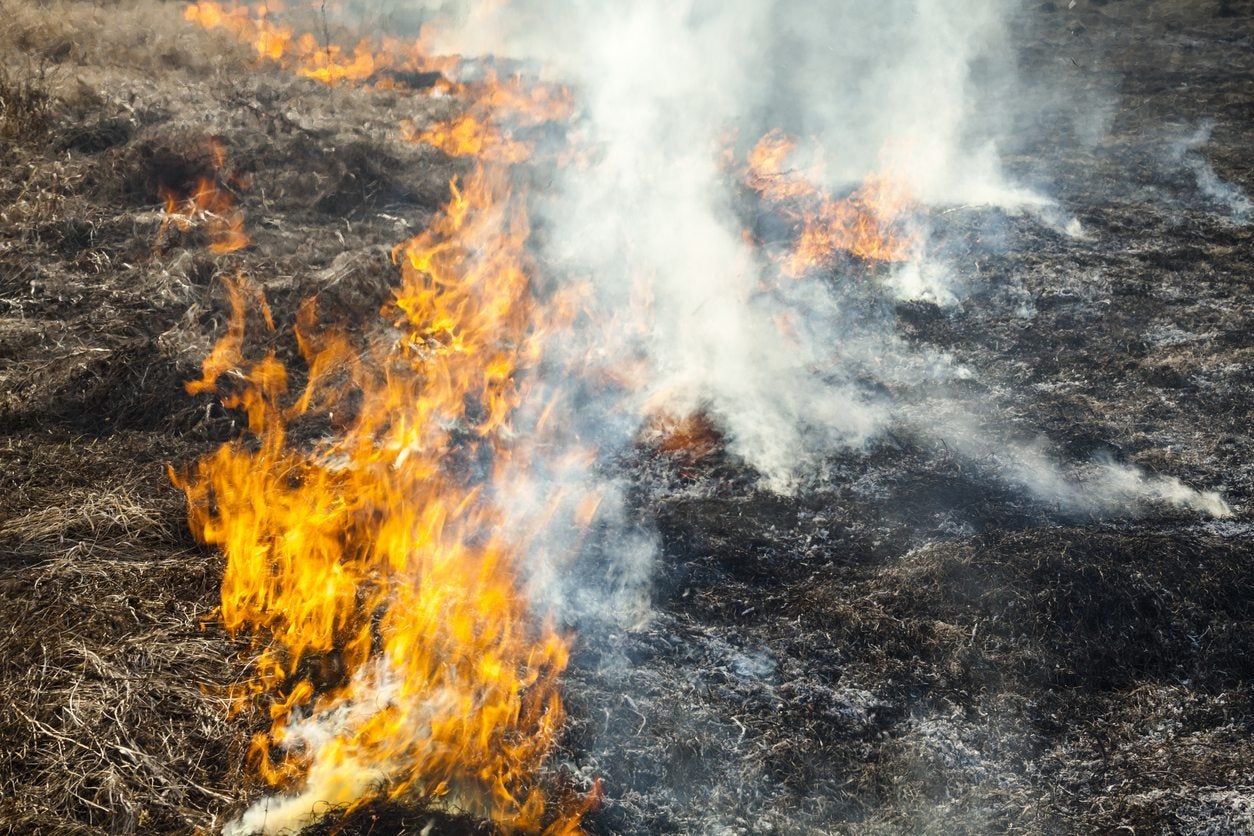
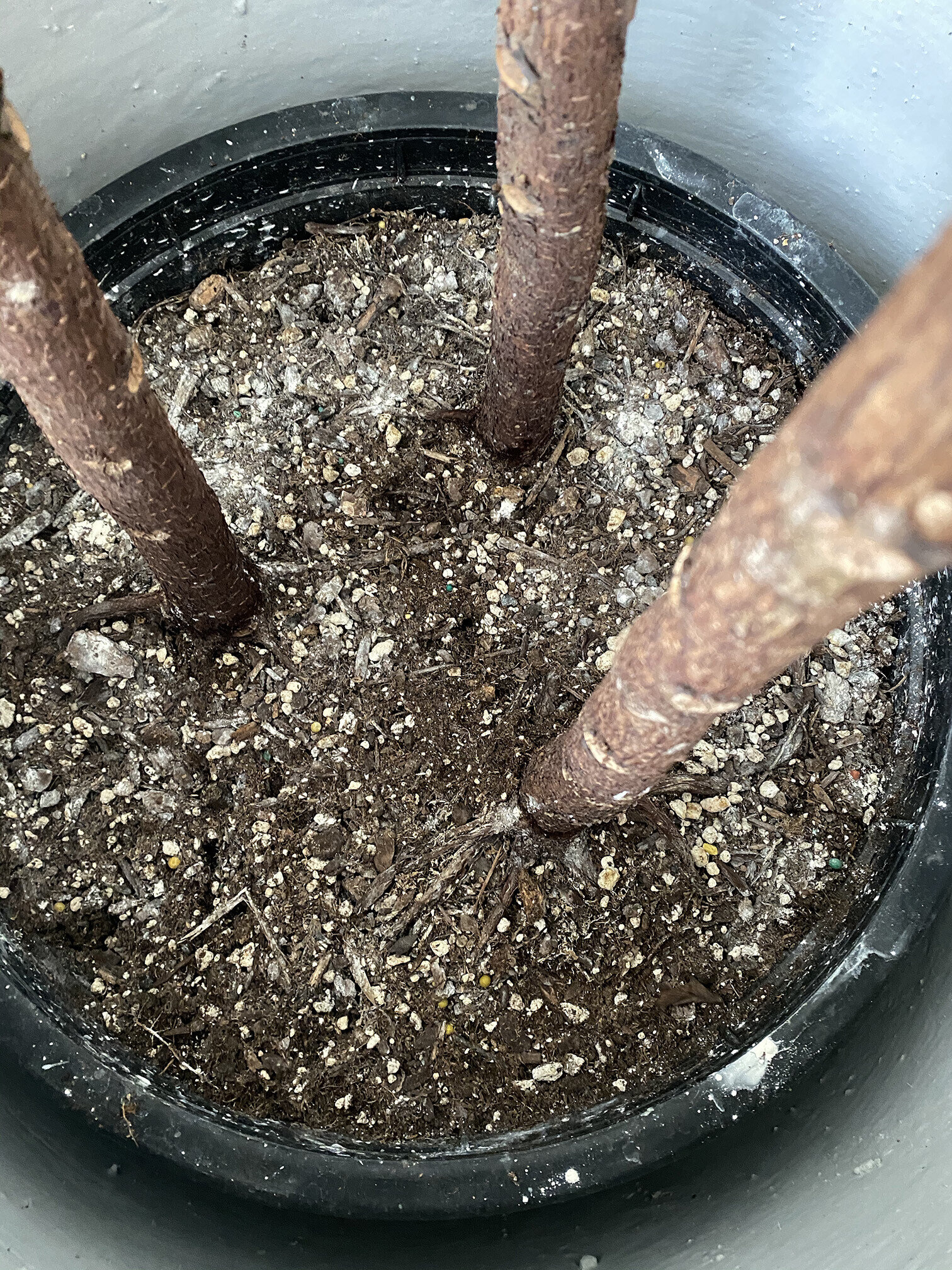
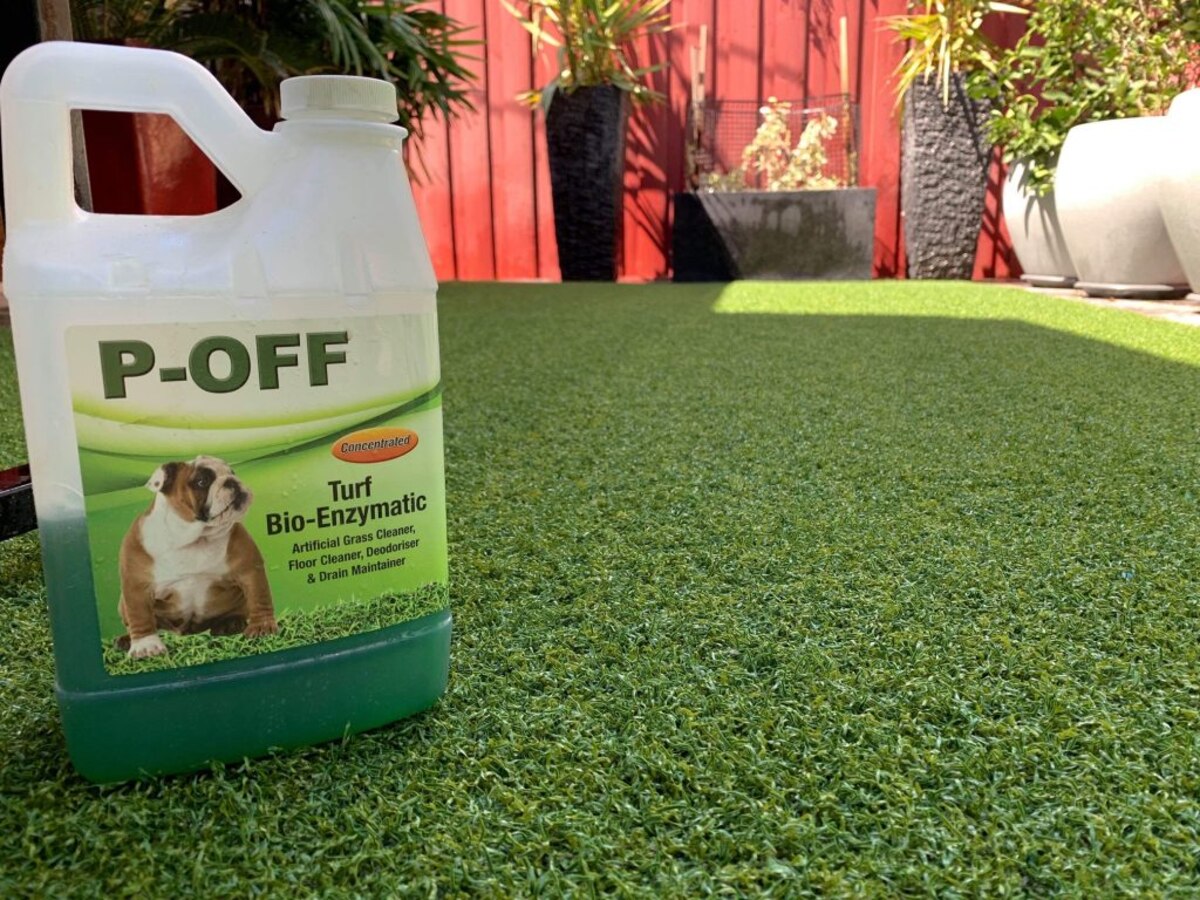
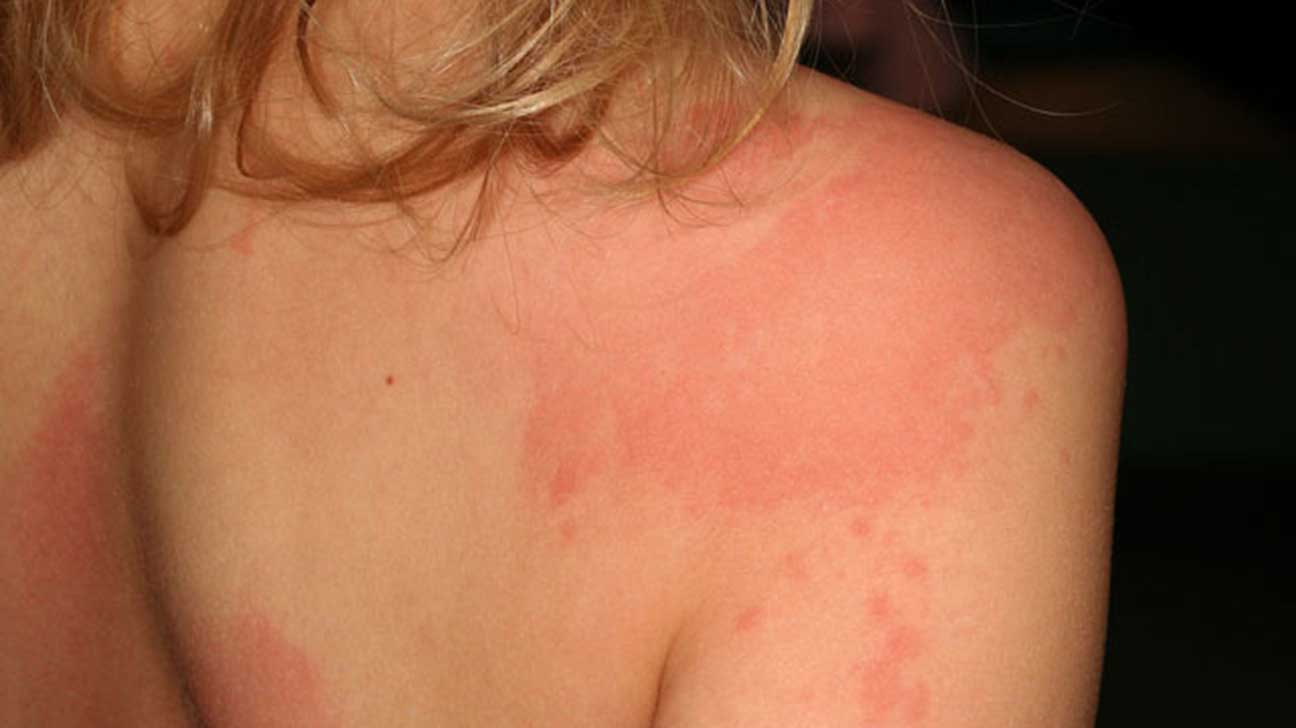
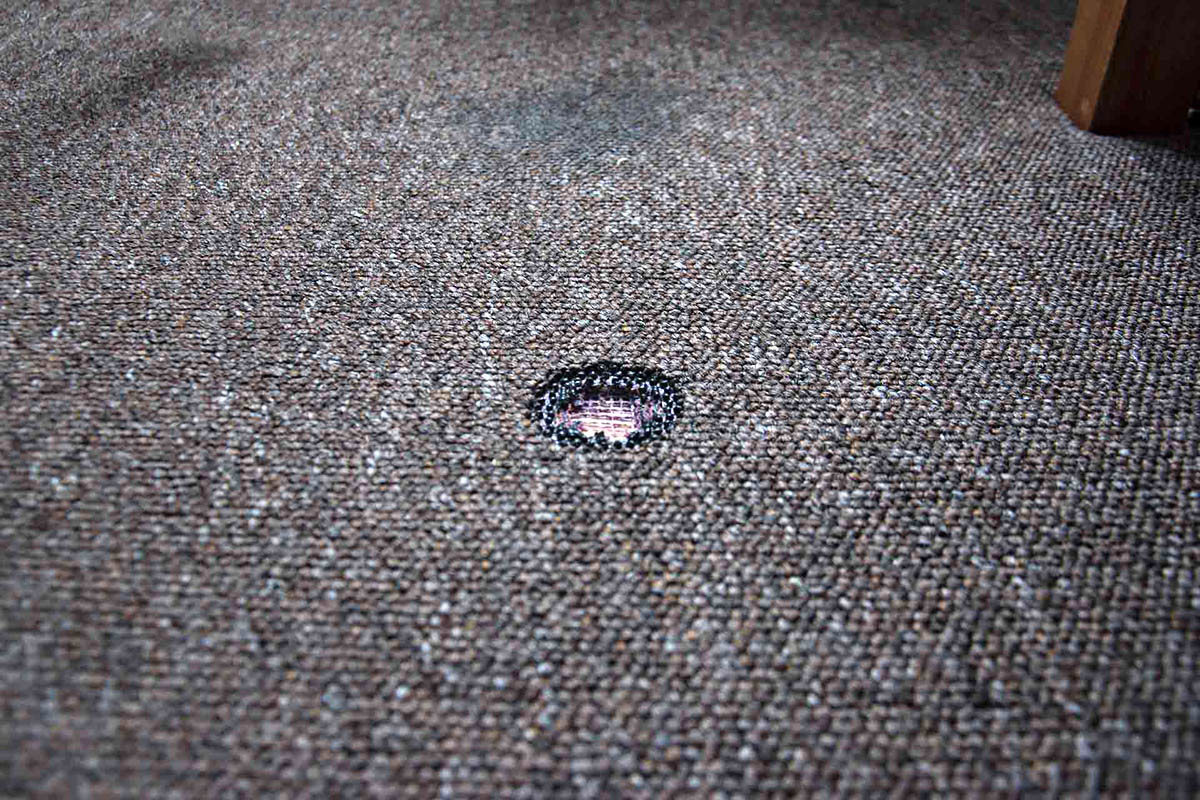
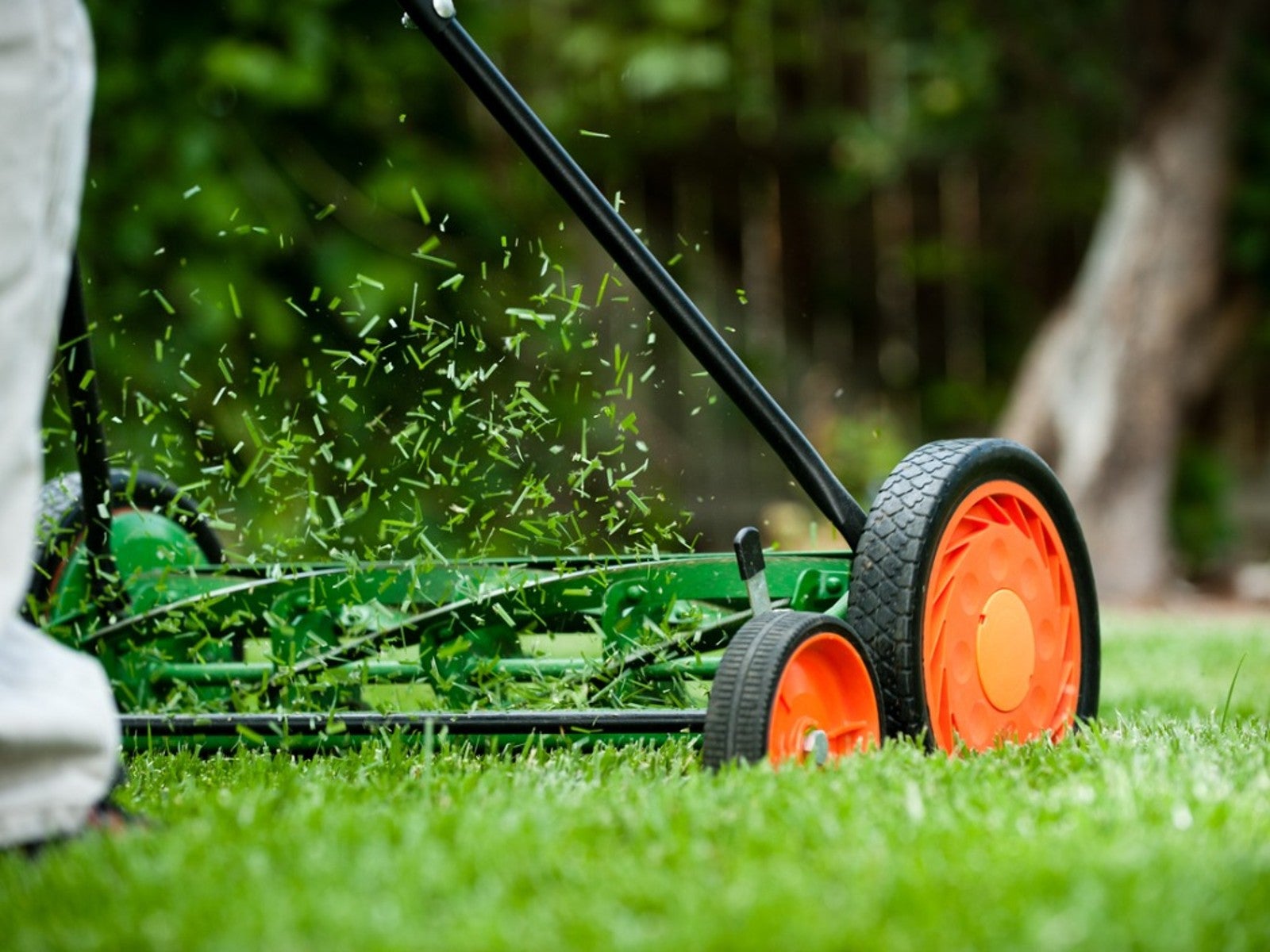

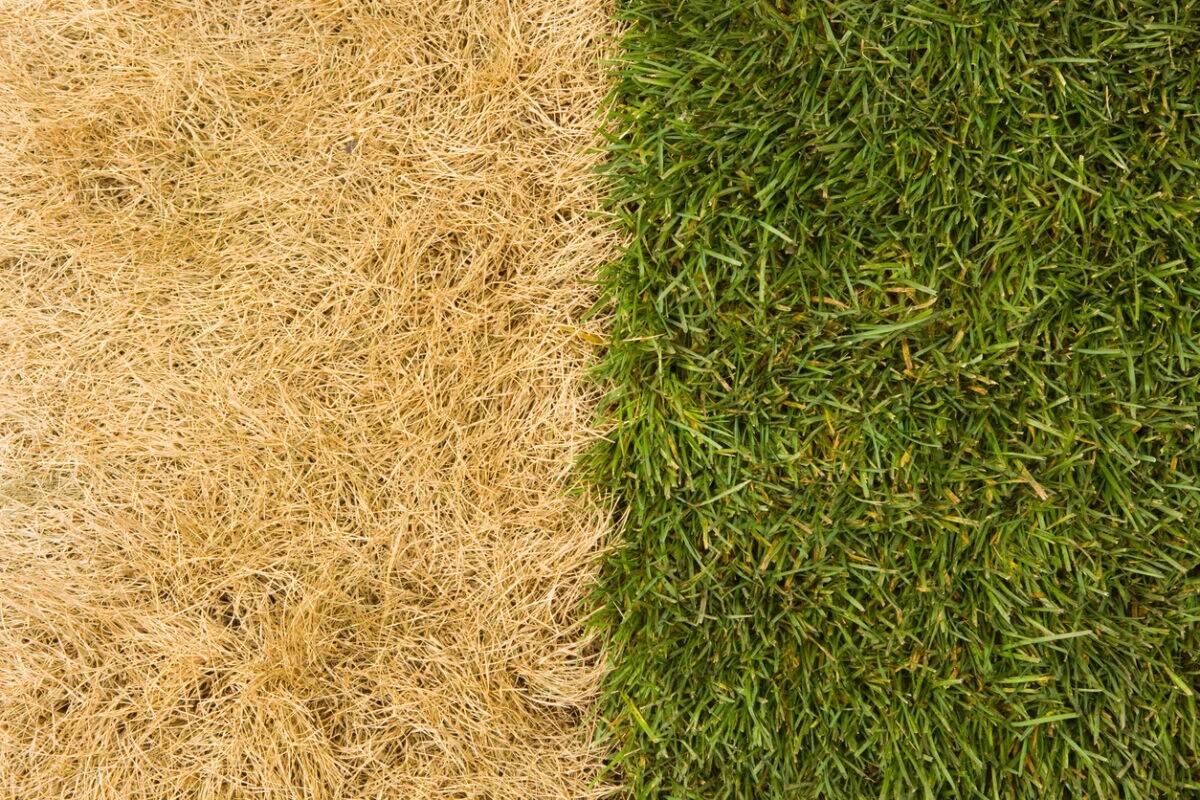
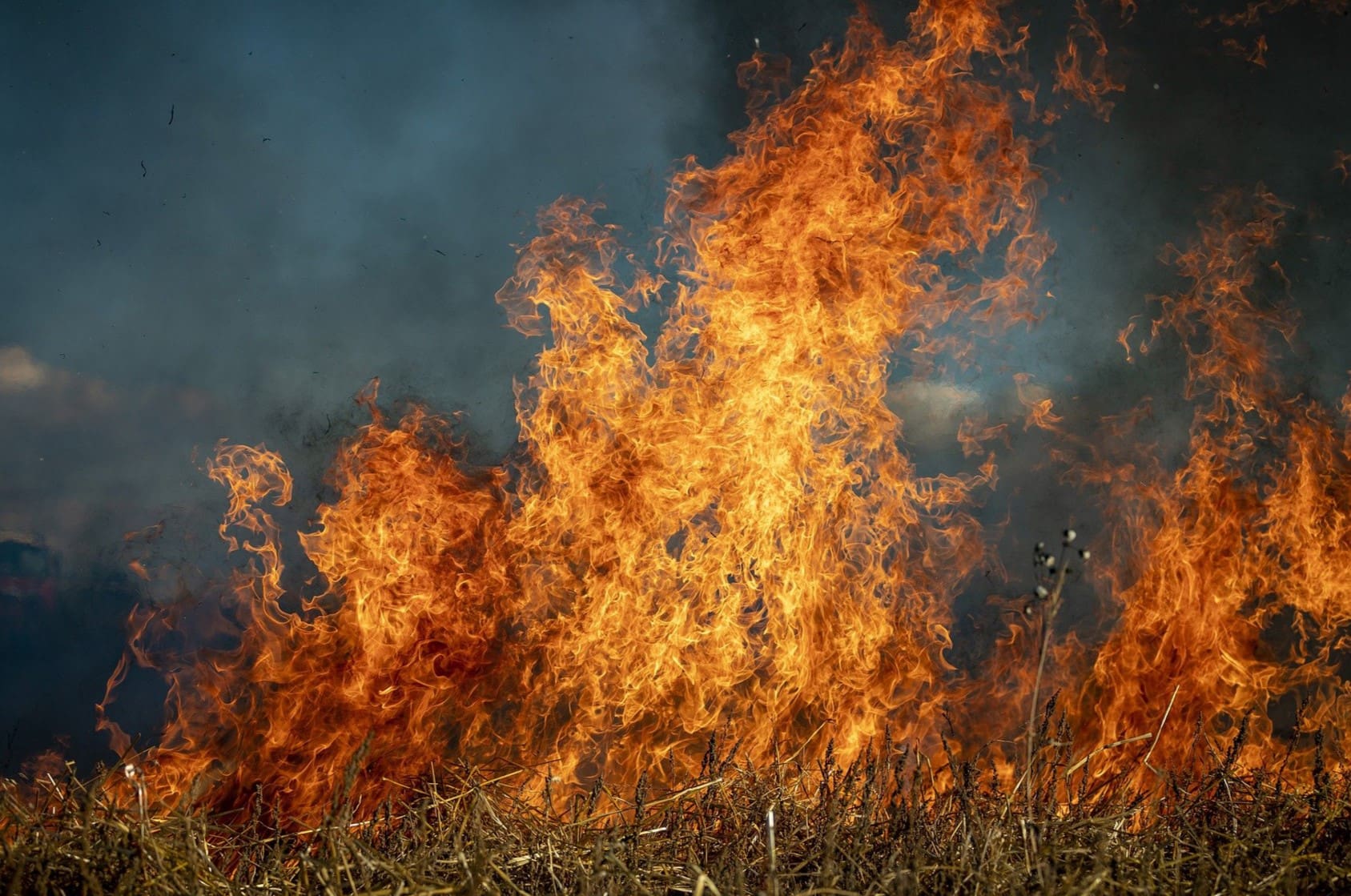
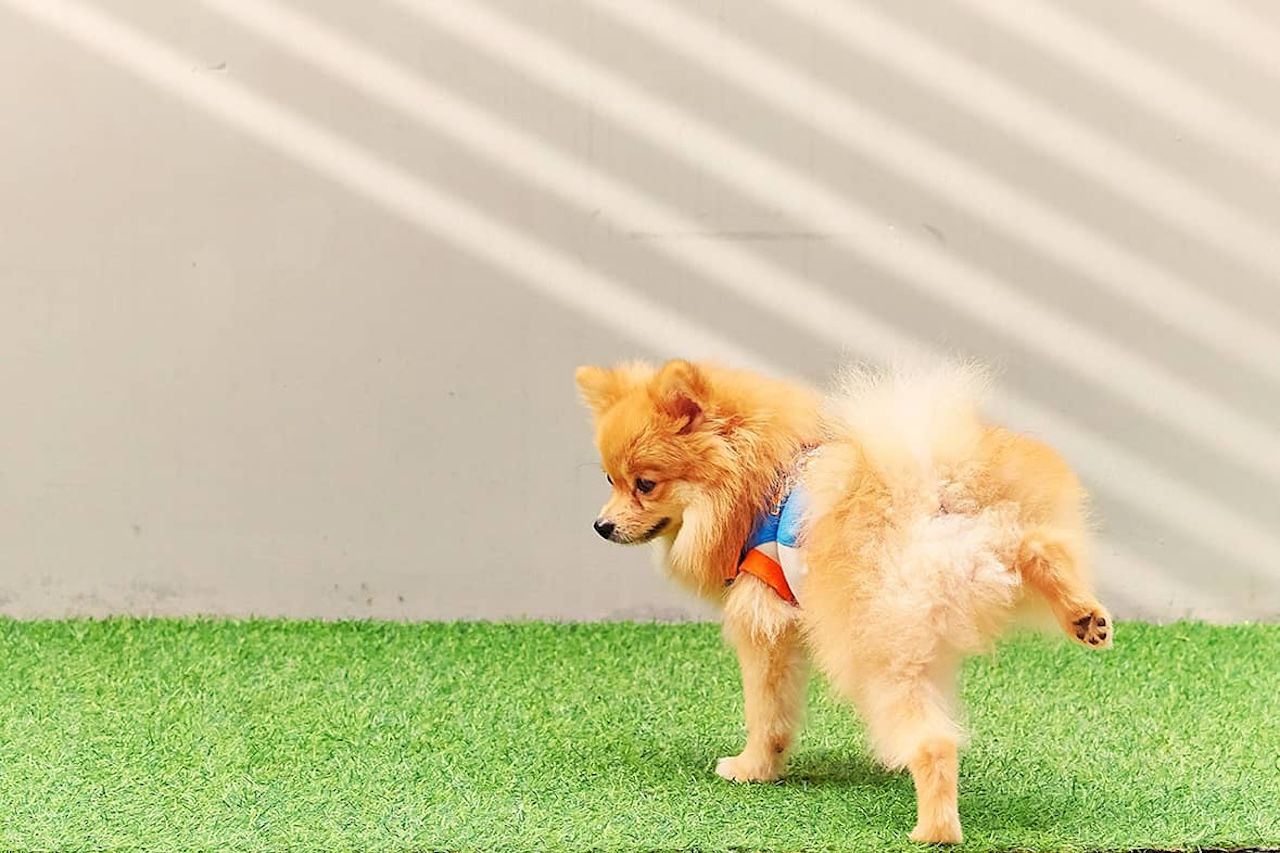
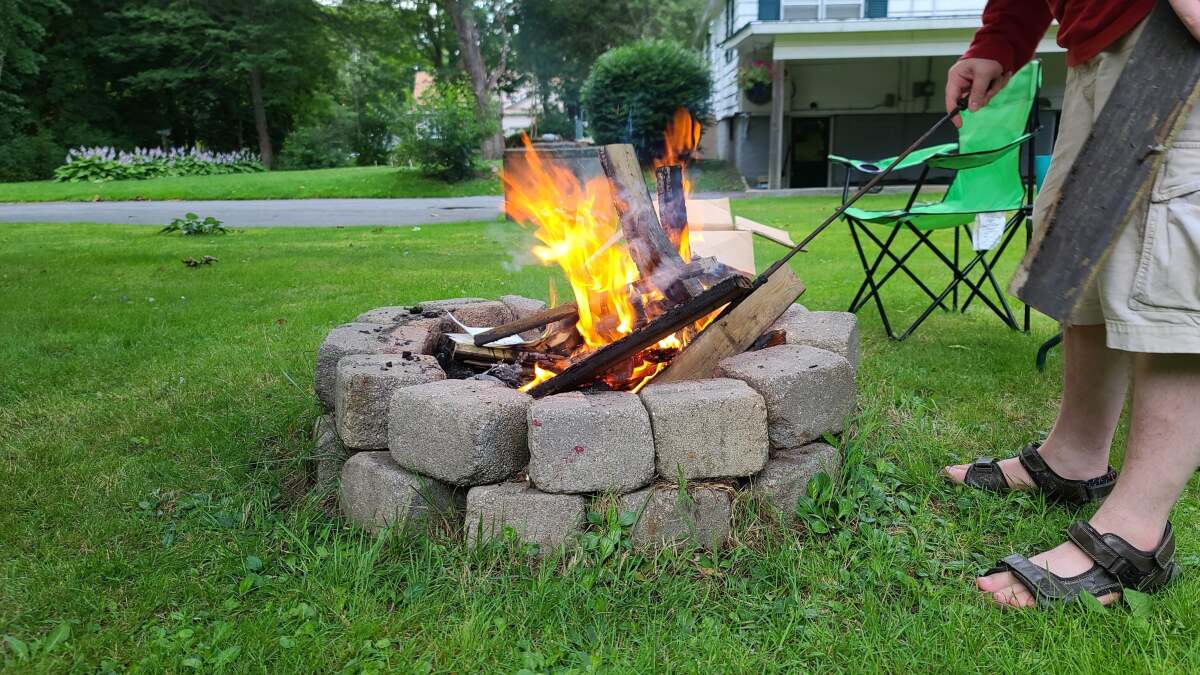
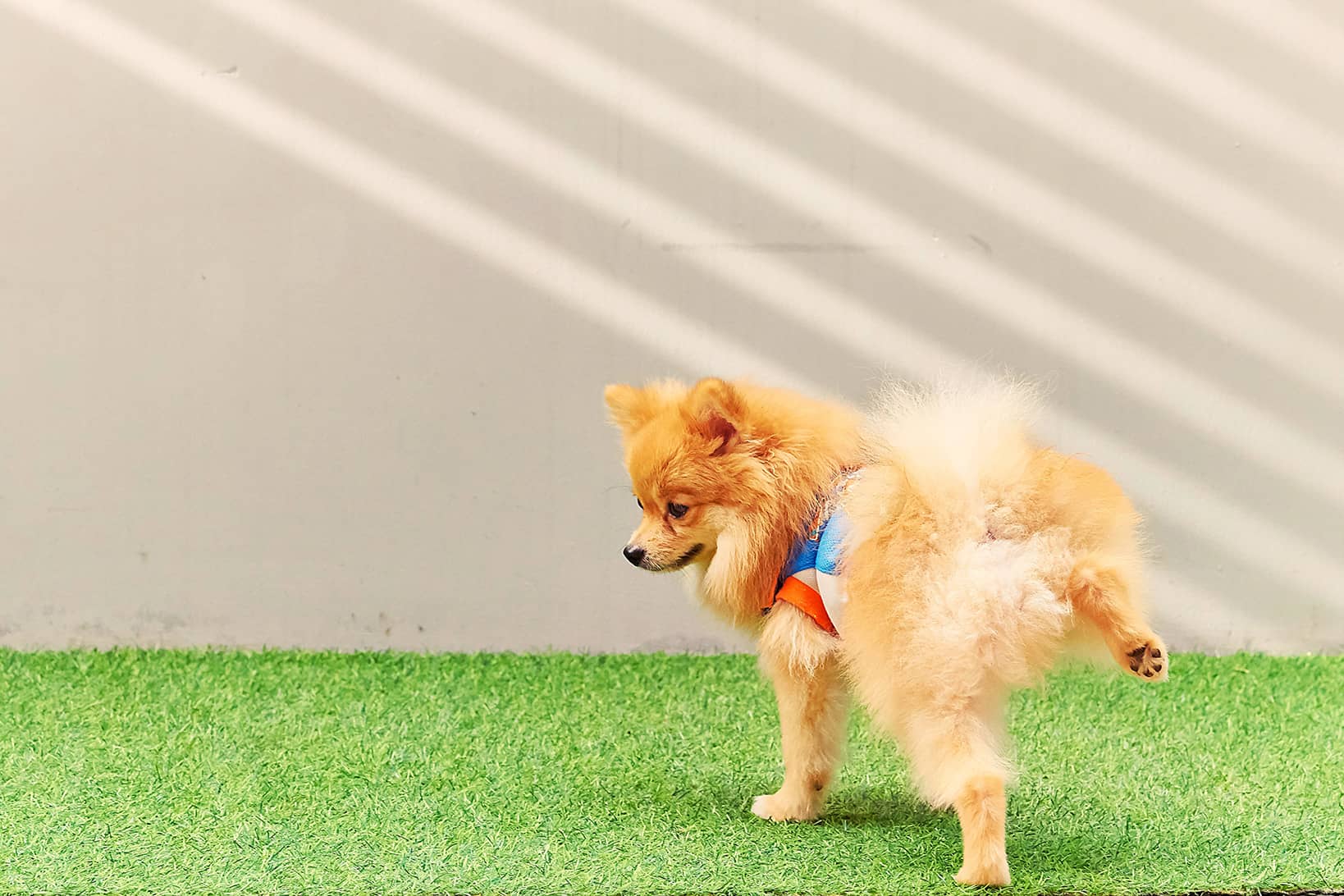
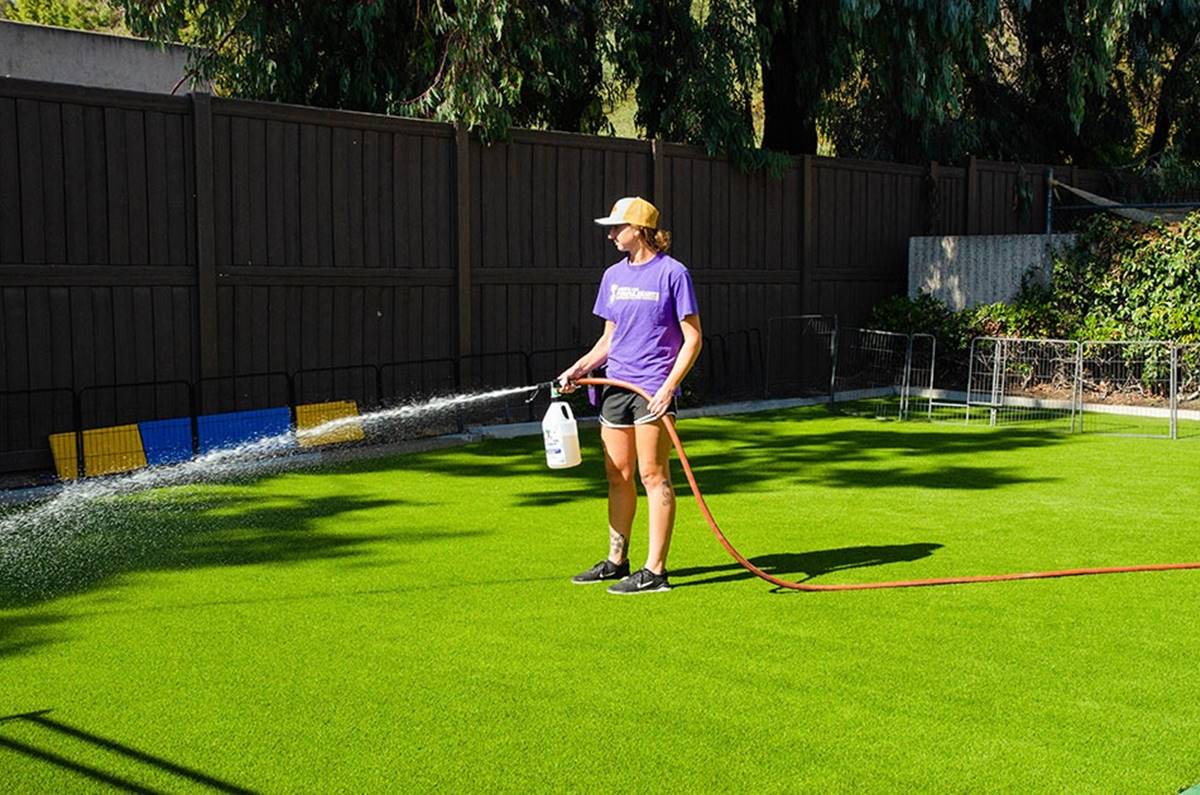

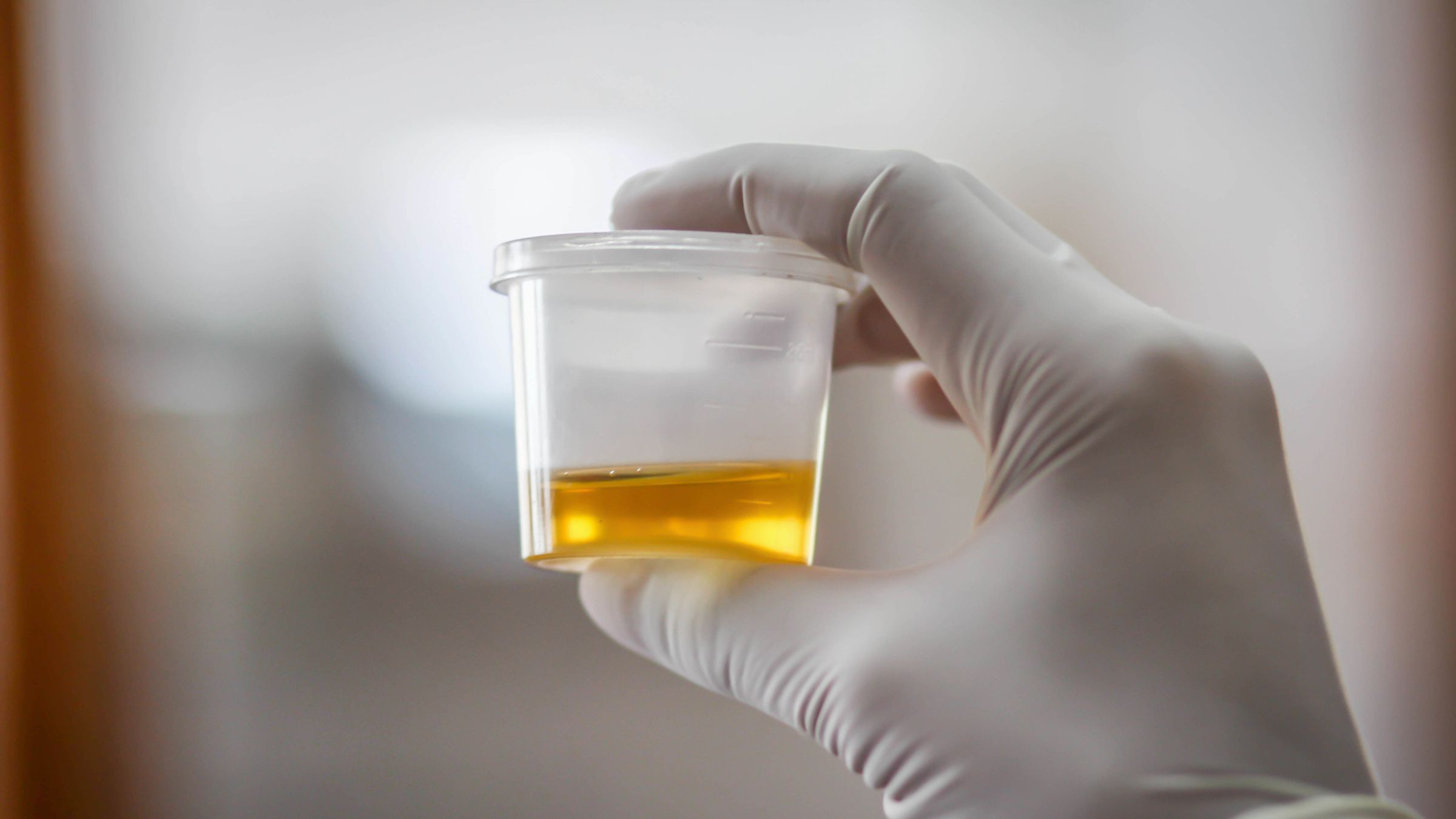

0 thoughts on “How To Fix Urine Burns In Grass”